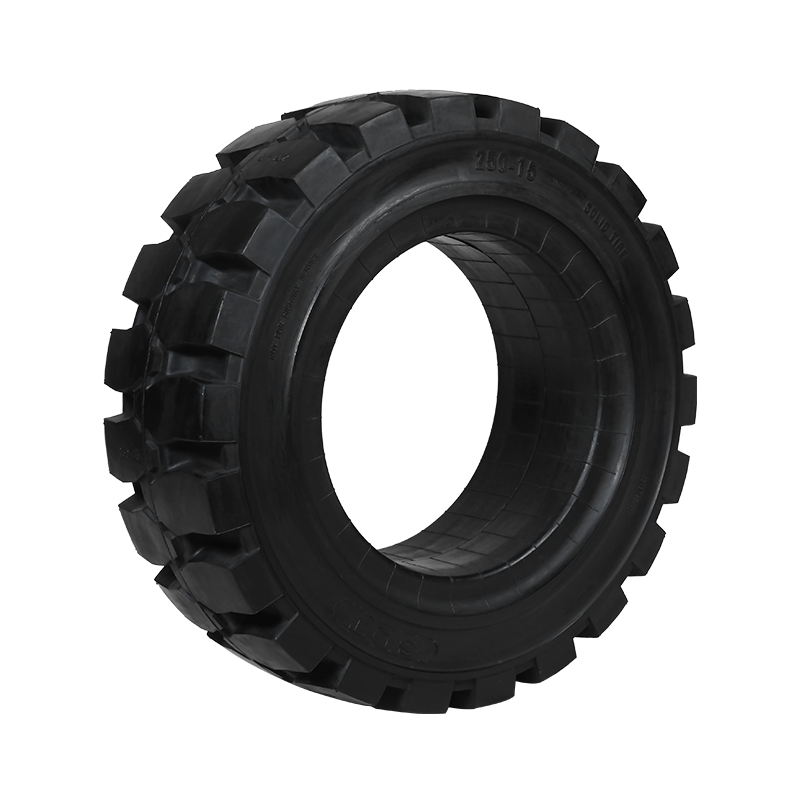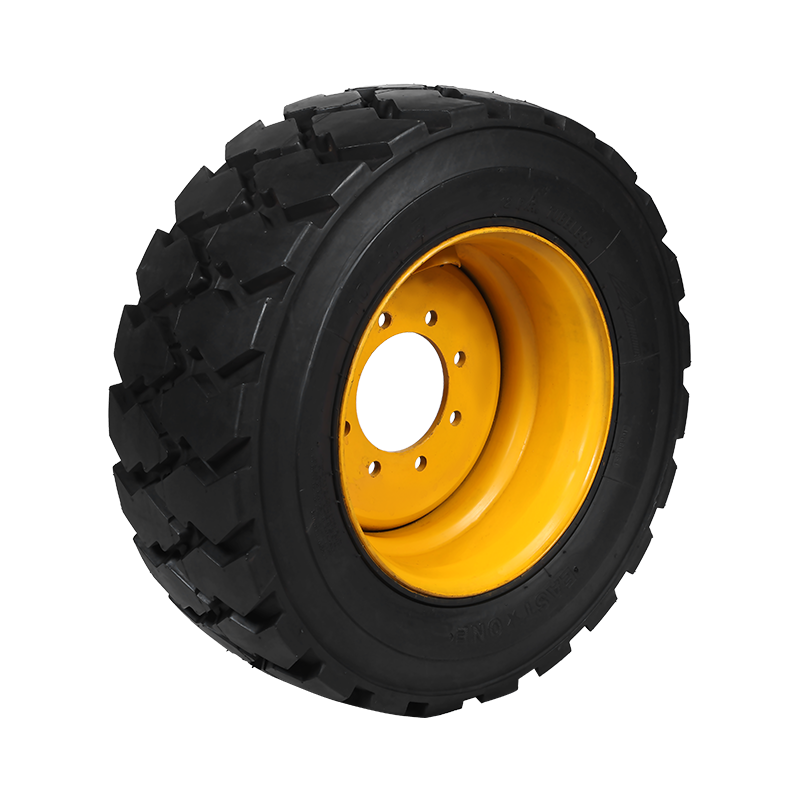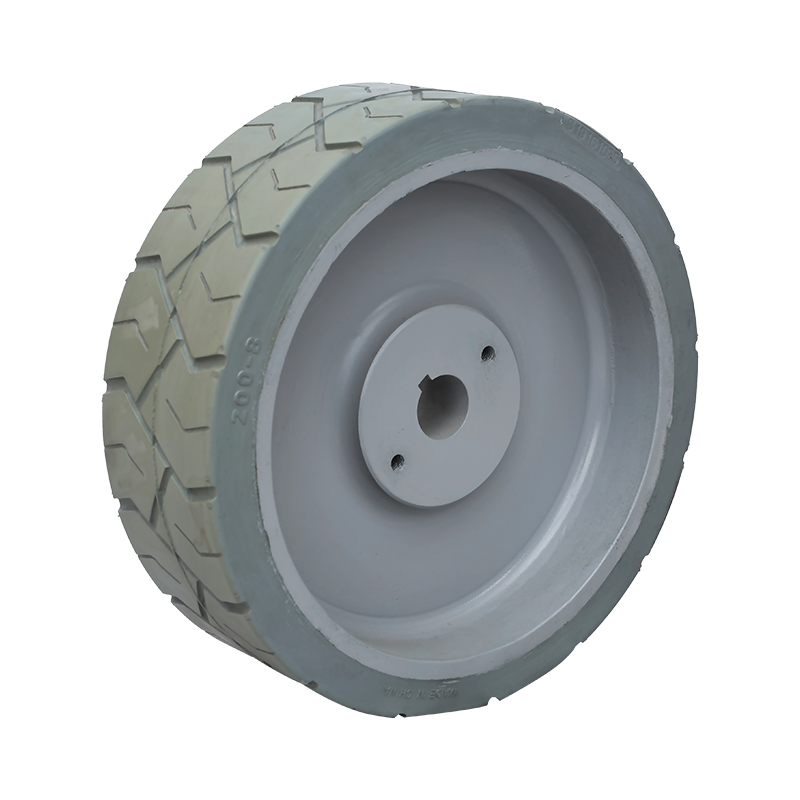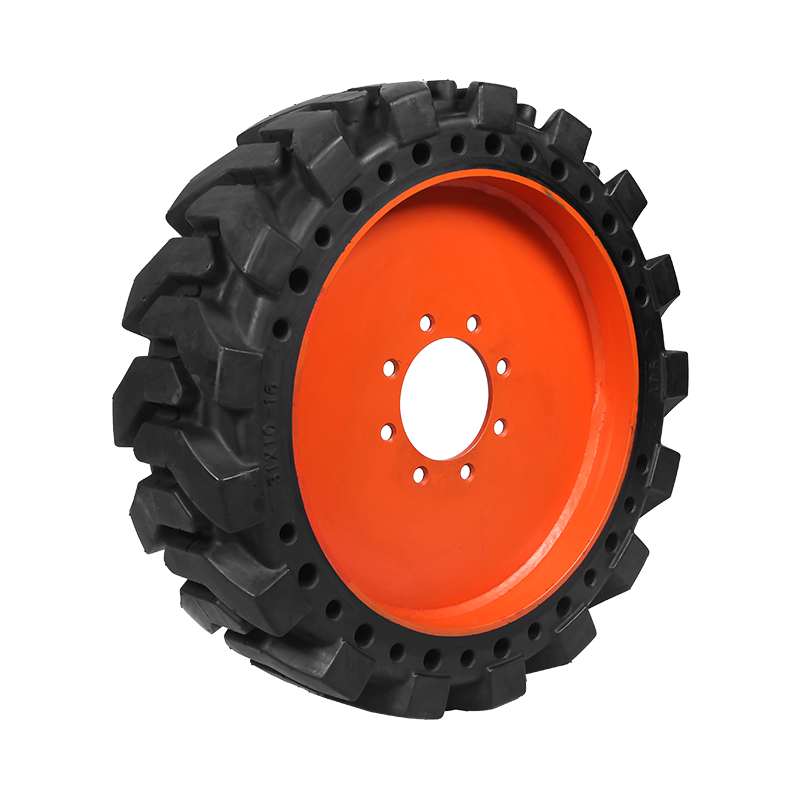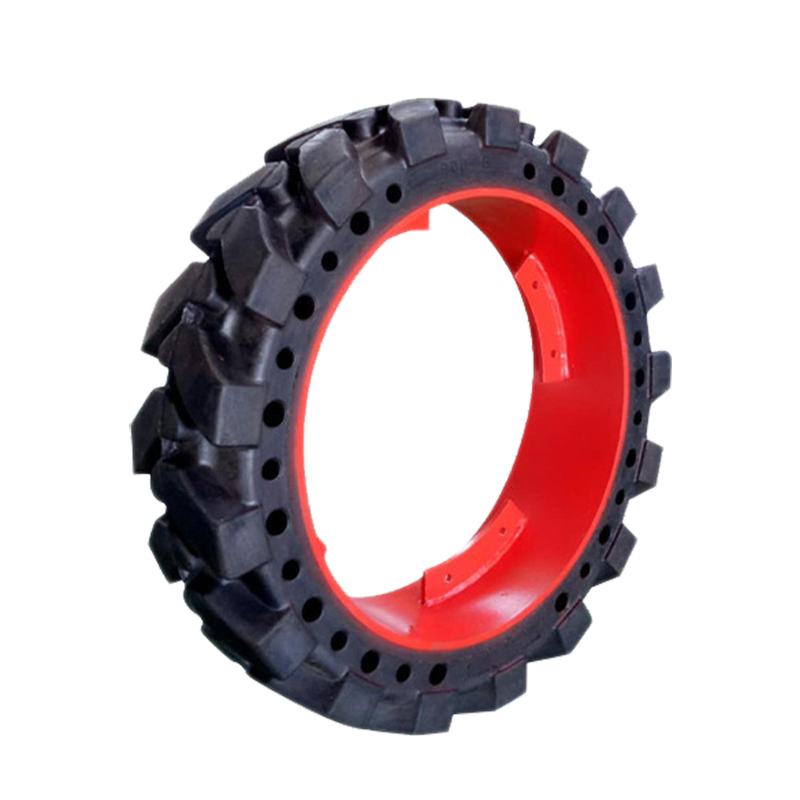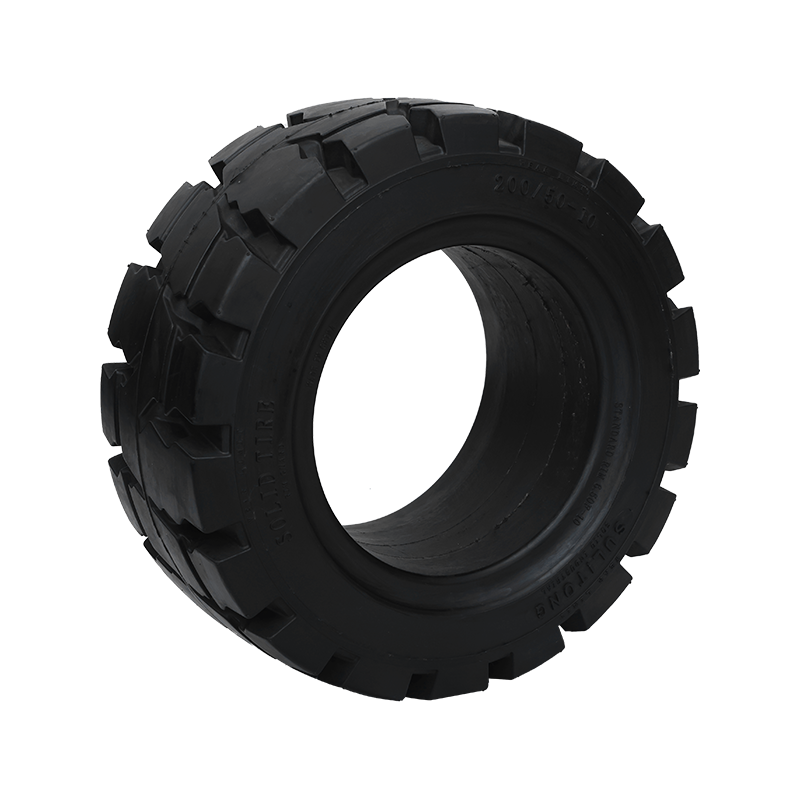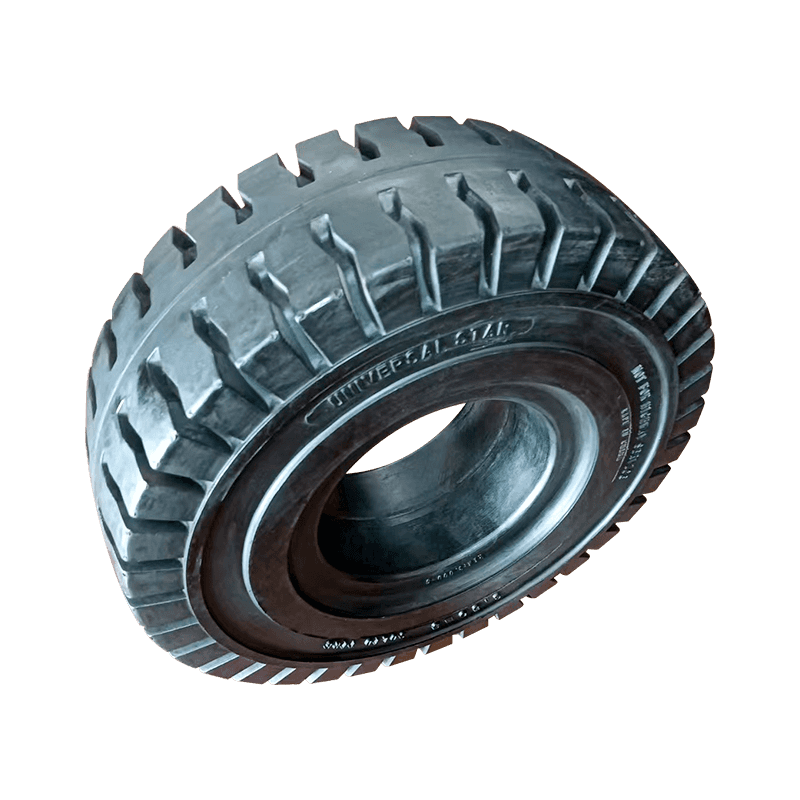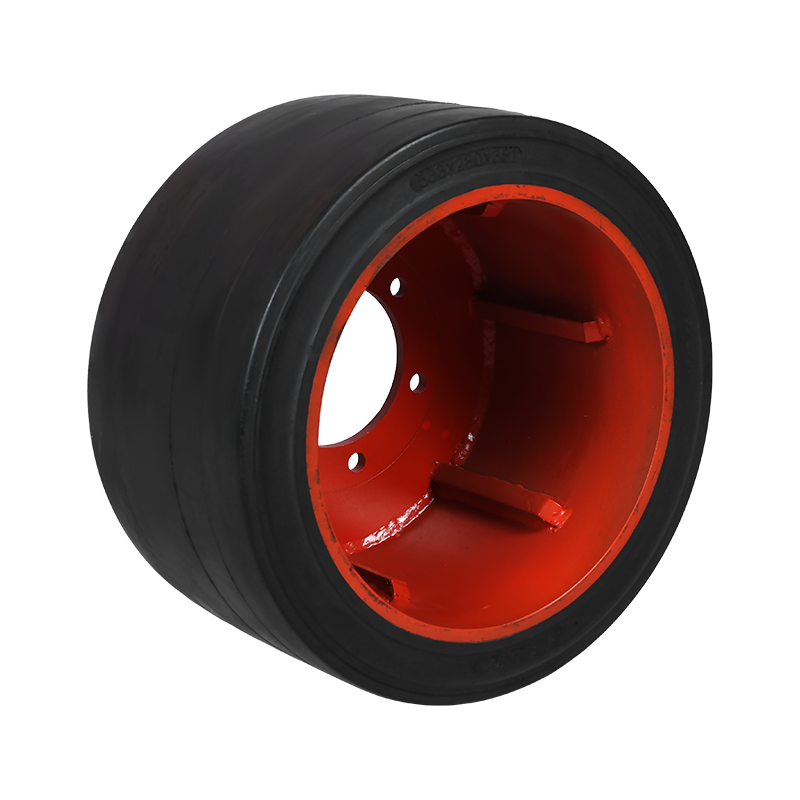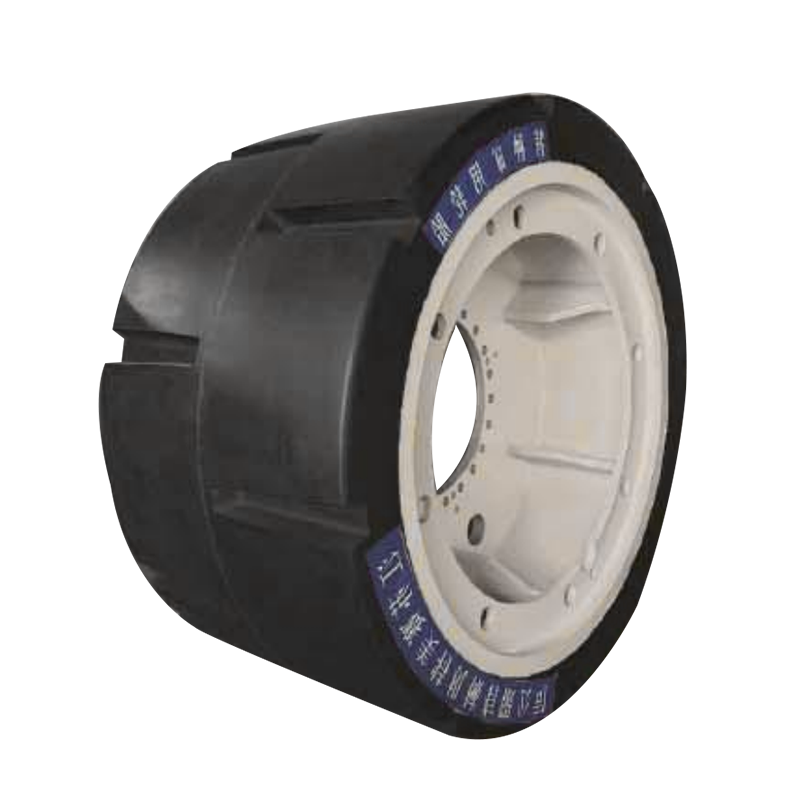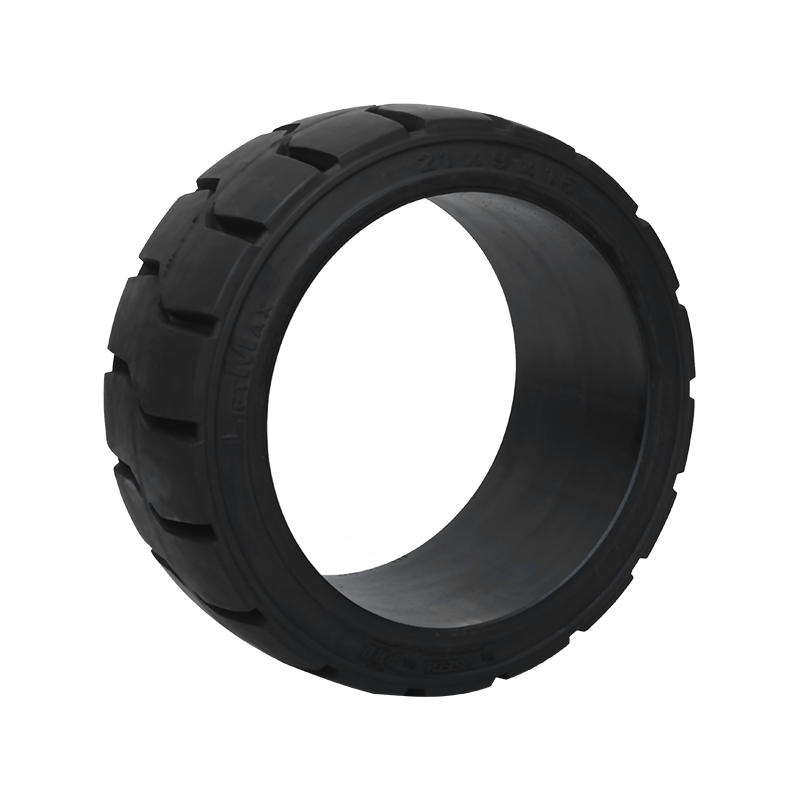The Foundation of Industry: Understanding Construction Equipment Tires
Construction sites are bustling hubs of activity, where heavy machinery works tirelessly to shape our world. From towering cranes to powerful bulldozers, each piece of equipment plays a vital role, and a critical, yet often overlooked, component is its tire. These specialized tires are far more than simple rubber rings; they are the foundation upon which the entire industry operates, designed to withstand the most extreme conditions imaginable.
The Anatomy of a Workhorse
What makes a construction equipment tire so unique? Unlike the tires on a passenger car, these are engineered for exceptional durability and performance in challenging environments. Their design focuses on three key areas:
-
Tread: The tread is the most visible part and is specifically designed for traction on varied surfaces. You'll find deep, aggressive patterns that can grip loose soil, gravel, and even mud. The specific pattern depends on the application—a bulldozer needs a different tread than a dump truck.
-
Casing: The internal structure of the tire, or its casing, is built to carry immense loads. These casings are reinforced with layers of steel belts and high-strength fabrics, giving the tire the rigidity needed to support tons of weight without deforming. This robust construction is essential for preventing punctures and tears from sharp rocks and debris.
-
Compound: The rubber compound itself is a marvel of material science. It's formulated to be highly resistant to cuts, chips, and abrasion, which are common hazards on a construction site. This tough material ensures the longevity of the tire, even under constant strain and friction.
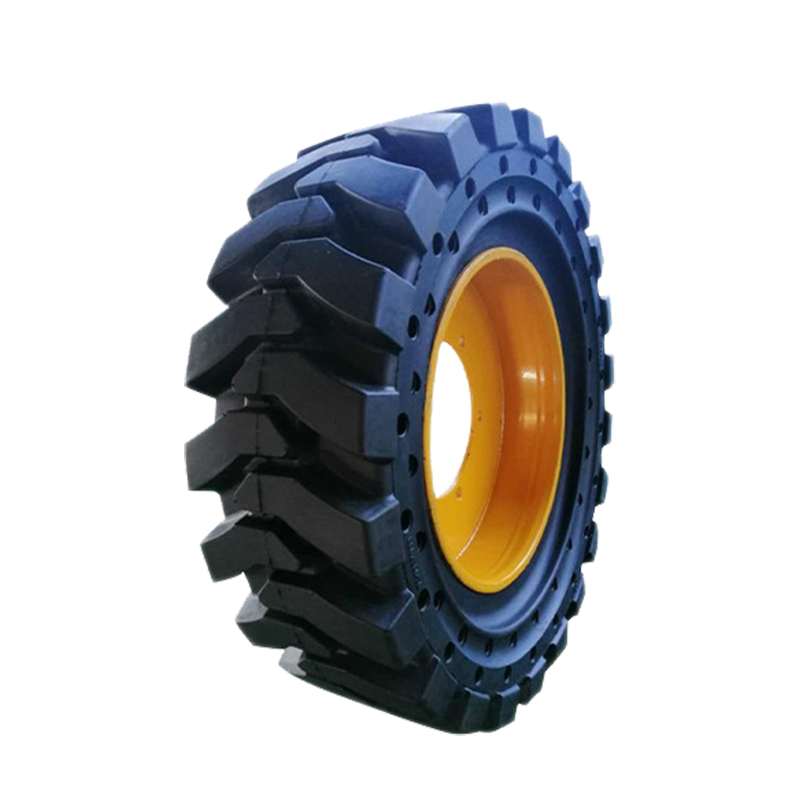
More Than Just Tires: The Different Types
The term construction equipment tires is a broad one, encompassing a range of specialized types, each optimized for a specific machine and task.
-
Radial vs. Bias-Ply: This is a fundamental distinction. Radial tires are a modern standard, offering a cooler ride, better fuel efficiency, and a smoother operator experience. Their internal steel belts run at a 90-degree angle to the tread, allowing the sidewalls and tread to operate more independently. Bias-ply tires, on the other hand, have crisscrossing layers of fabric that make the entire tire stiffer, which can be advantageous in certain low-speed, high-stress applications where sidewall rigidity is paramount.
-
Application-Specific Designs: We see a variety of tire types tailored for different pieces of equipment. Off-the-Road (OTR) tires, a common synonym for construction equipment tires, come in various classifications:
-
Haulage Tires: Used on dump trucks and scrapers, these tires are designed for high-speed, long-distance hauling and must balance wear resistance with heat dissipation.
-
Traction Tires: Found on loaders and dozers, these tires prioritize grip on soft ground and are built to handle powerful torques.
-
Flotation Tires: Used on machines like compactors, these have a wide footprint to distribute weight evenly and minimize ground pressure, preventing the machine from sinking into soft terrain.
-
In the world of construction, the heavy-duty tires that support the machinery are the true unsung heroes. They bear the brunt of the work, allowing powerful machines to perform their tasks effectively and safely. Understanding the importance of these specialized construction equipment tires is key to a productive and profitable operation.
CONTACT US
-

Email: SMT001@saimeite-tyre.com
-

Phone: +86-18451337018No. 1, Renmin South Road, Yandu District, Yancheng City, Jiangsu Province, China

 English
English 한국어
한국어 Français
Français Español
Español
